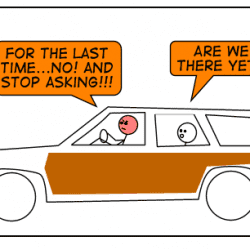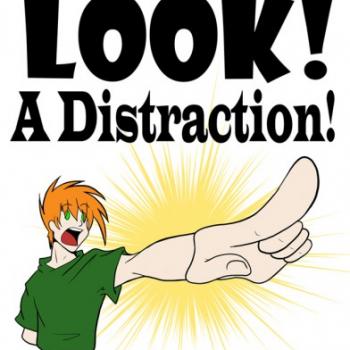It’s the time of year when mailboxes are flooded with year-end appeals from nonprofits. As a professional fundraiser, I recognize the challenge these organizations face in trying to meet demand.
Part of my job as a grant-writer and fundraiser is to help create a compelling argument for why you should give to this or that cause. I want to convince you that your dollars could not be better spent on anything else.
Another approach is to make giving as easy as possible. For example, one organization with which I have worked for years replaced its annual giving program with a monthly, automated bank-draft program. This way, people can give a few bucks a month instead of smarting after one big gift a year. Both the donor and the organization know what to plan for, and it’s more convenient for everyone.
The best part is that instead of having to ask the donor to give over and over again, they call the organization to cancel the automatic draft. The organization keeps getting its $10 or $20 a month until the person goes out of their way to stop, and who wants to seem like such a Scrooge?
So if my whole job is to convince people to give away their money, why did the article in last week’s Pueblo Chieftain on automated-giving kiosks in church bother me so much?
The premise is simple: a minister and his wife set up a machine in the foyer of the church where people can swipe a credit card to make an offering. The process is secure, convenient, and the church has seen an 18 percent increase in giving since the program started.
People don’t have to give if they don’t want to, and the church is providing a service that the congregation seems to want. Everybody wins, right?
There are a couple of problems with this. First, even though credit is a way of life in America today, the Bible offers a different perspective. Proverbs 22:7 says, “The rich rule over the poor, and the borrower is the slave of the lender.”
In the New Testament, Jesus talks about money more than anything else. So by encouraging people to use credit cards to give their weekly offering, churches are enabling the further financial enslavement of their faithful to creditors.
But what about the bonus miles, you ask? Why not get a trip to Hawaii for the donations I make at church? If you pay off your credit cards, that’s great, but if so, you’re in the minority. The vast majority of Americans don’t pay off their credit cards every month though they intend to, and nearly half pay only the minimum payment.
At that rate, it can take as long as 30 years to pay off borrowed money, with the consumer paying 300 percent of the original loan in interest.
As a country, we hold $1.5 trillion dollars in debt. Not only should churches abstain from enabling this disease of indebtedness, but they should be proactive about helping people get out of debt. The 18 percent bump in giving just isn’t worth the price.
Also, there’s something unique about giving at church. Whereas donating money to a charity can be an act of compassion, giving an offering at church is supposed to be a form of worship. We’re not just handing over cash to keep the lights on or fund church programs; we’re handing something over that’s very powerful in our lives to God. It’s an act of submission and obedience.
Mark this day in your calendar, because it’s a rare occasion when you’ll hear me talking about submission and obedience. But when churches and their members start treating money more like a commodity than an offering to God, they should be reminded that giving is about more than adding zeroes to the bottom line of the ledger.











